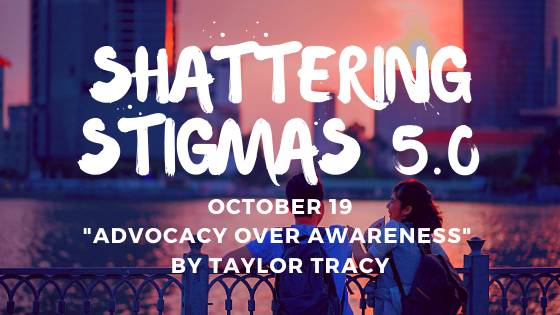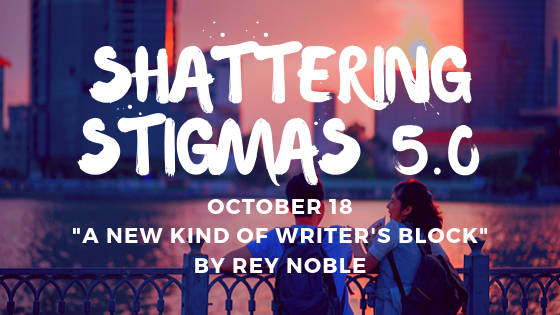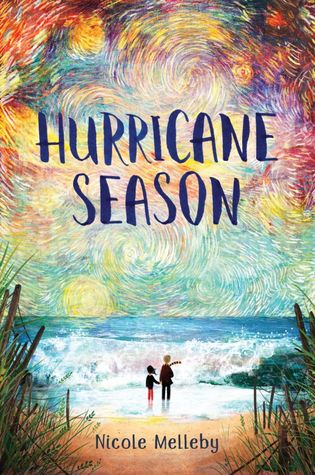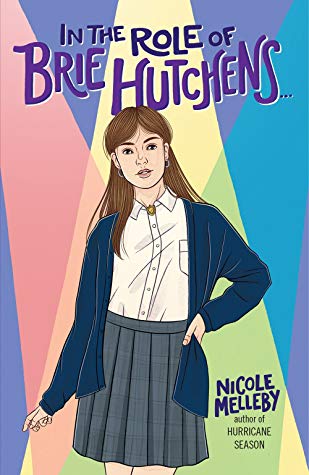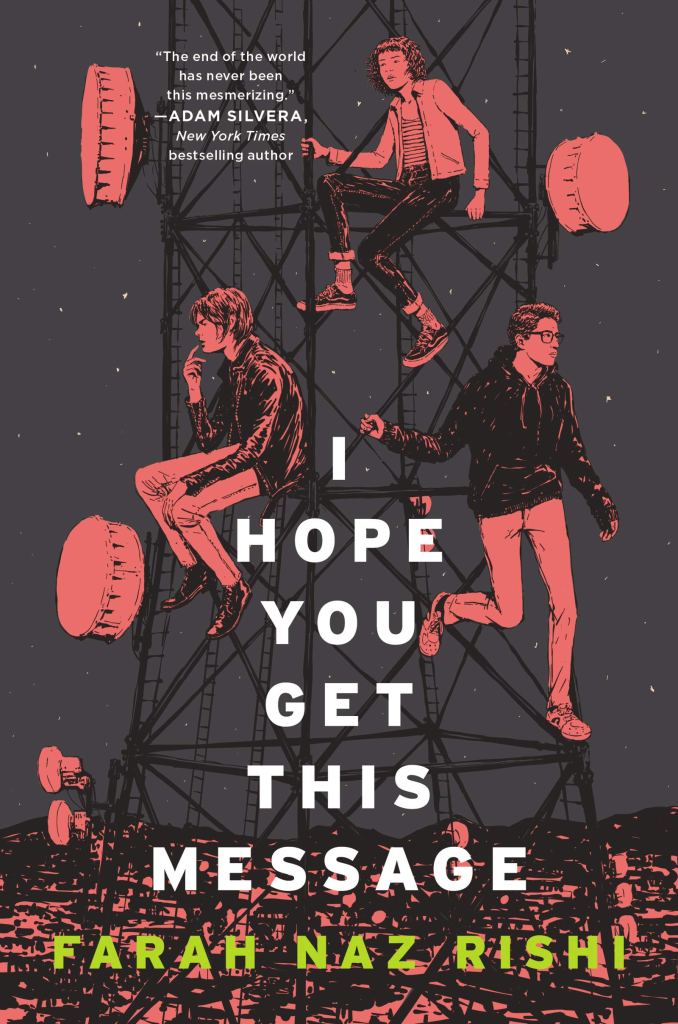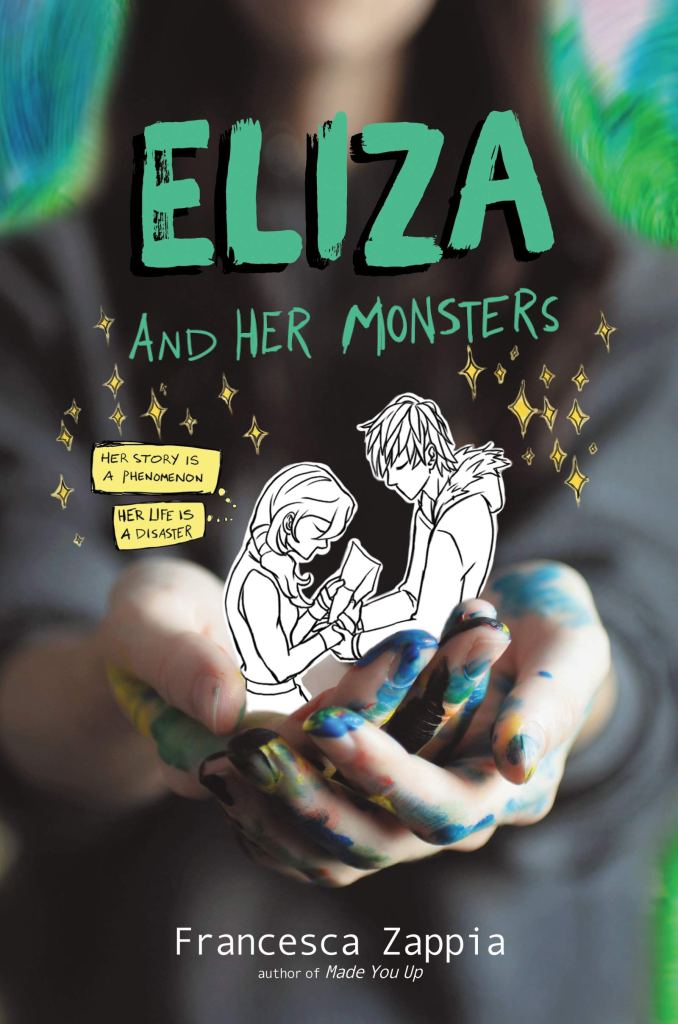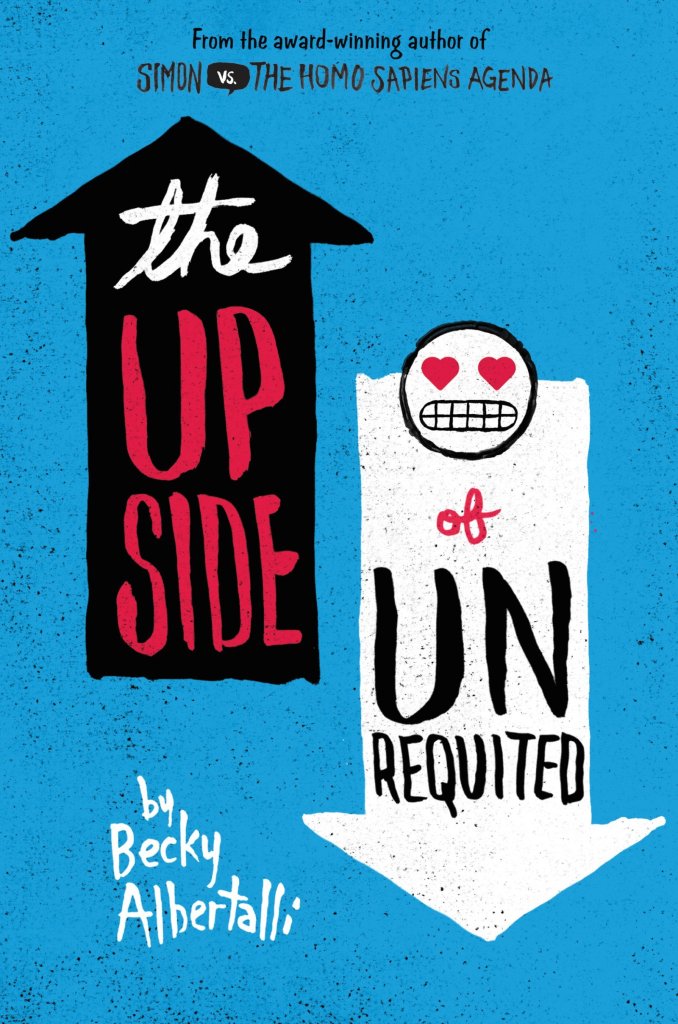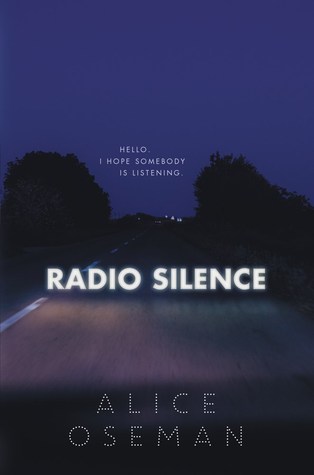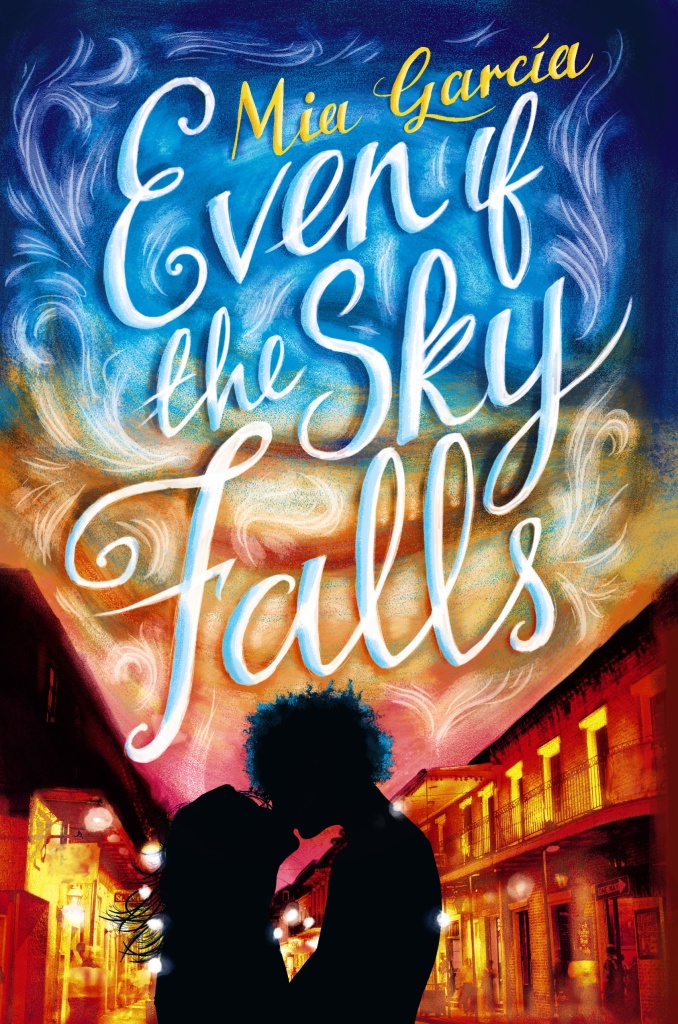Meeting an author when they’re a debut and then getting a chance to watch their career and advocacy within the community is one of the greatest joys of being in the book community. That’s why I’m so excited to welcome author of THE RESOLUTIONS and EVEN IF THE SKY FALLS, Mia García, to the blog today to talk about mental health. When I’m not grilling Mia about the mental health rep in her books, she is endlessly passionate about the environment and diverse latinx representation in kidlit. Keep up with her on her website, Instagram and Twitter. You can buy her latest book THE RESOLUTIONS from Indiebound, Amazon, Barnes & Noble, Books a Million and Book Depository. You can buy her debut EVEN IF THE SKY FALLS from Indiebound, Amazon, Barnes & Noble, Books a Million and Book Depository.
Taylor Tracy: One of the goals of Shattering Stigmas is to dismantle the stigma against mental illness by creating a safe space for people to discuss and raise awareness about mental health via their favorite mental health reads and personal experiences. What does mental health awareness mean to you and how does it intersect with your creative process?
Mia García: It means many things. It means being kinder to myself and understanding that there’s no such thing as perfect – that even in my personal mental health journey, I’ll never achieve perfect, and that is OK. It’s about being as honest as I can be with myself, my writing, and my characters; it’s about the imperfections and messiness of understanding and the fragility in opening up; it often means finding bits of myself in my characters, caring for them, imbuing them with the hope that doesn’t always come every day.
Hopefully, it means understanding myself better, and making connections, and, if possible letting others know that they are not alone.
Taylor: In The Resolutions, Jess has arguably the most “explicit” mental health representation in her arc. But Nora, Ryan and Lee all go through their own emotional struggles as well. Can you talk a bit about how you came to write the emotional issues that each character goes through and what it was like to bring them all together in a book that is also funny and sweet?
Mia: All four characters have little pieces of my present and past – they helped me examine my own current mental health and helped me look back into my past to realize I’ve been dealing with these feelings for a very long time, I simply didn’t have the language or knowledge to understand what was happening.
As you said, while Jess has the most explicit mental health rep, all four of the main MCs are working through strong emotional issues like familial guilt, fear, heart-break, and feelings of simply not being enough that I struggled through, and still am to this day.
Nora and I share a deep love for baking and family and I remember grappling with the fear of expectations versus my own desires. Ryan got my artist worries – that panic of not being good enough for your art, not worthy, it’s often crippling and hard to put aside. Though not Huntington’s Disease, my family has a long history with a certain chronic illness that I was diagnosed with two short years ago, I was able to explore some of my depression, fears, and hopes along with Lee.
And, of course, Jess, who echoes my long history with anxiety.
Now I feel like I need to apologize to my characters for giving them all my issues!!
I think in the end the humor and sweetness comes from my love for my characters – I genuinely want them to succeed – and the value that humor has as a medicine, a way to keep going, a way to analyze when the world feels too much. I find that often humor allows me the time to take the breath I can’t seem to take.
Taylor: Grief is something you wrote about in Even if the Sky Falls and The Resolutions. Can you talk a bit about what brings you back to discussing this issue in different ways in both books and do you plan to continue exploring it in your writing in the future?
Mia: I recently realized that grief and death are recurring subjects in everything I write – I’m not sure where the subject came from and I can only guess it is connected to the loss of all four of my grandparents, to whom I was close to in varying degrees and to my Puerto Rican heritage.
My abuelos helped raise me as both my parents worked full time, and I can’t think of a single childhood memory that they aren’t a part of directly or indirectly. When they passed we never stopped thinking of them, telling their stories, conversing with them as we cleaned the gravestones, or kept tokens from their lives in our homes, or on our bodies.
Their loss exists in this eternal space in my heart where they are forever alive and forever gone that is essentially the cornerstone of grief.
Taylor: What are some of your favorite examples of mental health representation from other Las Musas?
Mia: Excellent question!! The Grief Keeper by Alexandra Villasante does a beautiful job of examining grief, guilt, love, and family and how it all bleeds together and impacts multiple characters’ mental health and the lengths we will go for family.
And NoNieqa Ramos’s The Truth Is examines a survivor’s mental health in a way that is heart-breaking, frenetic, and funny; it examines the process of grief and self at the intersections of race, sexuality, and pain.
Honestly, I recommend looking through all Las Musas books as there’s much to be said about seeing yourself represented in books and media in a positive light that does wonders for your sense of self and mental health.
Taylor: What are some of your other recommendations for great mental health representation, whether it’s in books, movies, TV, etc.?
Mia: Emily X.R. Pan’s The Astonishing Color of After is BEAUTIFUL and lyrical and wonderful and heartbreaking. I highly recommend it.
Taylor: Are there any mental health issues you wish were more widely represented in middle grade and YA, or issues you hope to write about but haven’t had the chance yet?
Mia: I don’t have a specific issue I’d like to see more, just more in general, along with intersections of cultural, sexual, and racial identities. I’d like to dig deeper into my own experiences with anxiety. I can look back into my memories all the way to the 1st grade and say with certainty I’ve been having anxiety attacks since then; I just couldn’t name it and to be honest, I don’t think I would’ve been believed if I could, so having more representation in general would be wonderful for the kids/teens reading and adults as well. How different would my journey be if I’d had help at that young age? Would I be better equipped now?
Taylor: Do you have any self-care tips, tricks or secrets you’d like to share, especially for writers?
Mia: It takes constant reminders to remember that this isn’t a race, to go at my own pace regardless of how slow I think I am; to not compare who got what deal and who is writing what; to take deep breaths and focus on the story you love.
If you’ve been having some bad moments, I recommend being silent with friends – which sounds weird – I know. About three years back I had a very dark period of time where I was having constant anxiety attacks and what helped the most was sitting next to someone, watching TV with a friend, or skyping with my sister while she did her daily stuff. I didn’t have to say anything, or do anything, they were just there, and often that helps.
M. García was born and raised in San Juan, Puerto Rico. She moved to New York where she studied creative writing at The New School, worked in publishing, and lived under a pile of to-be-read books. She is the author of Even If the Sky Falls and The Resolutions from Katherine Tegen books (an imprint of HarperCollins). You can find her at http://www.mgarciawrites.com.




